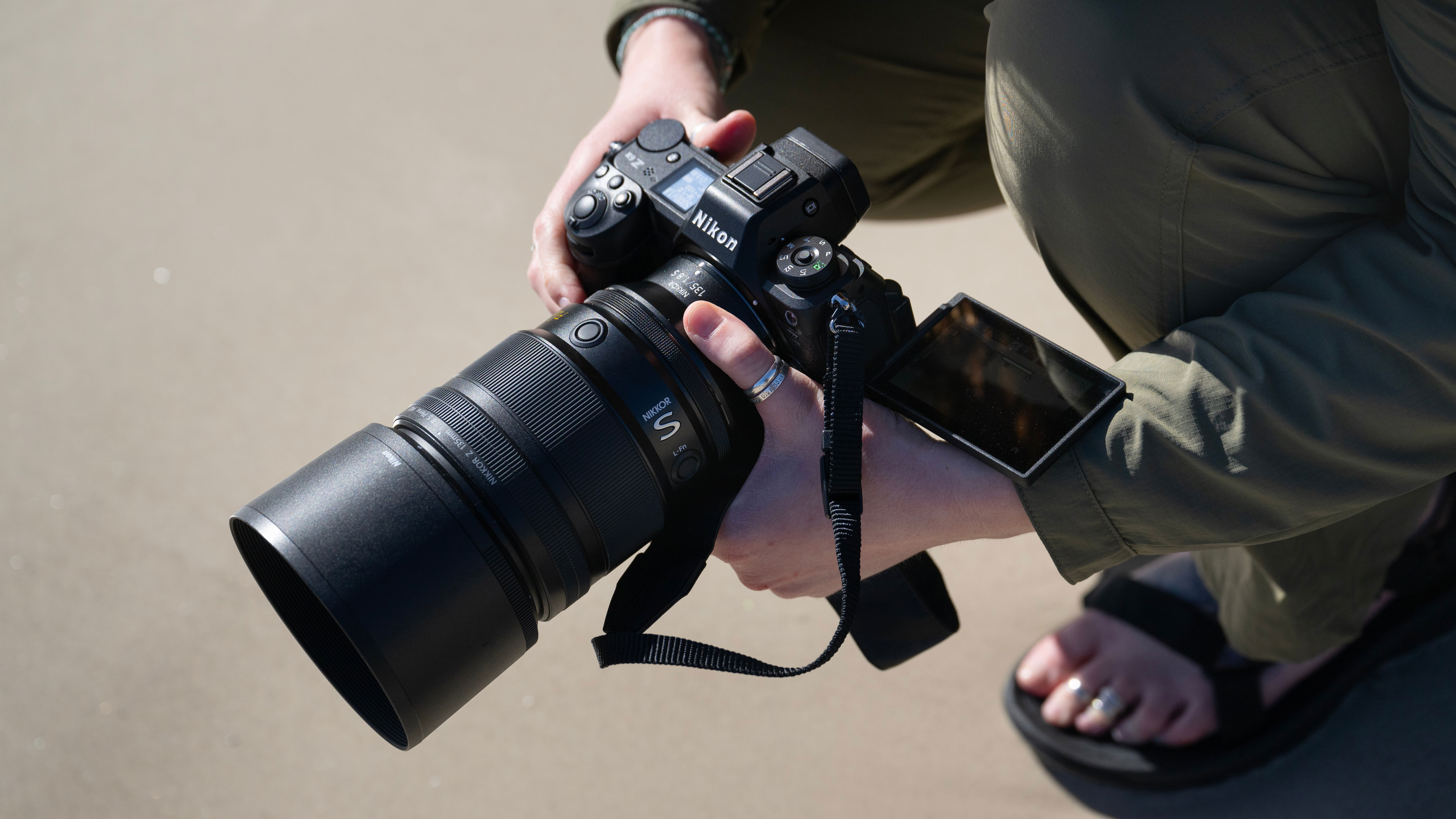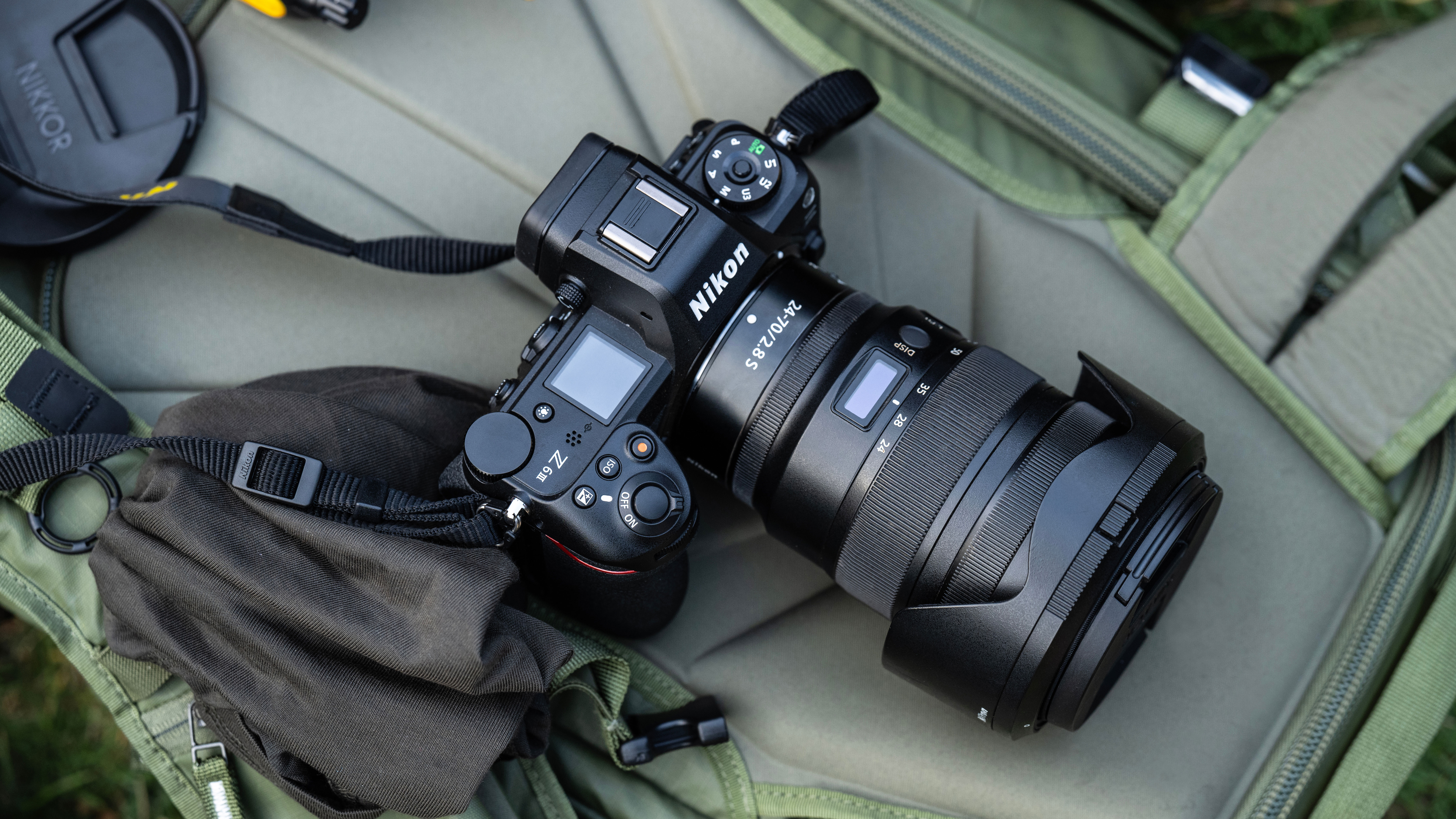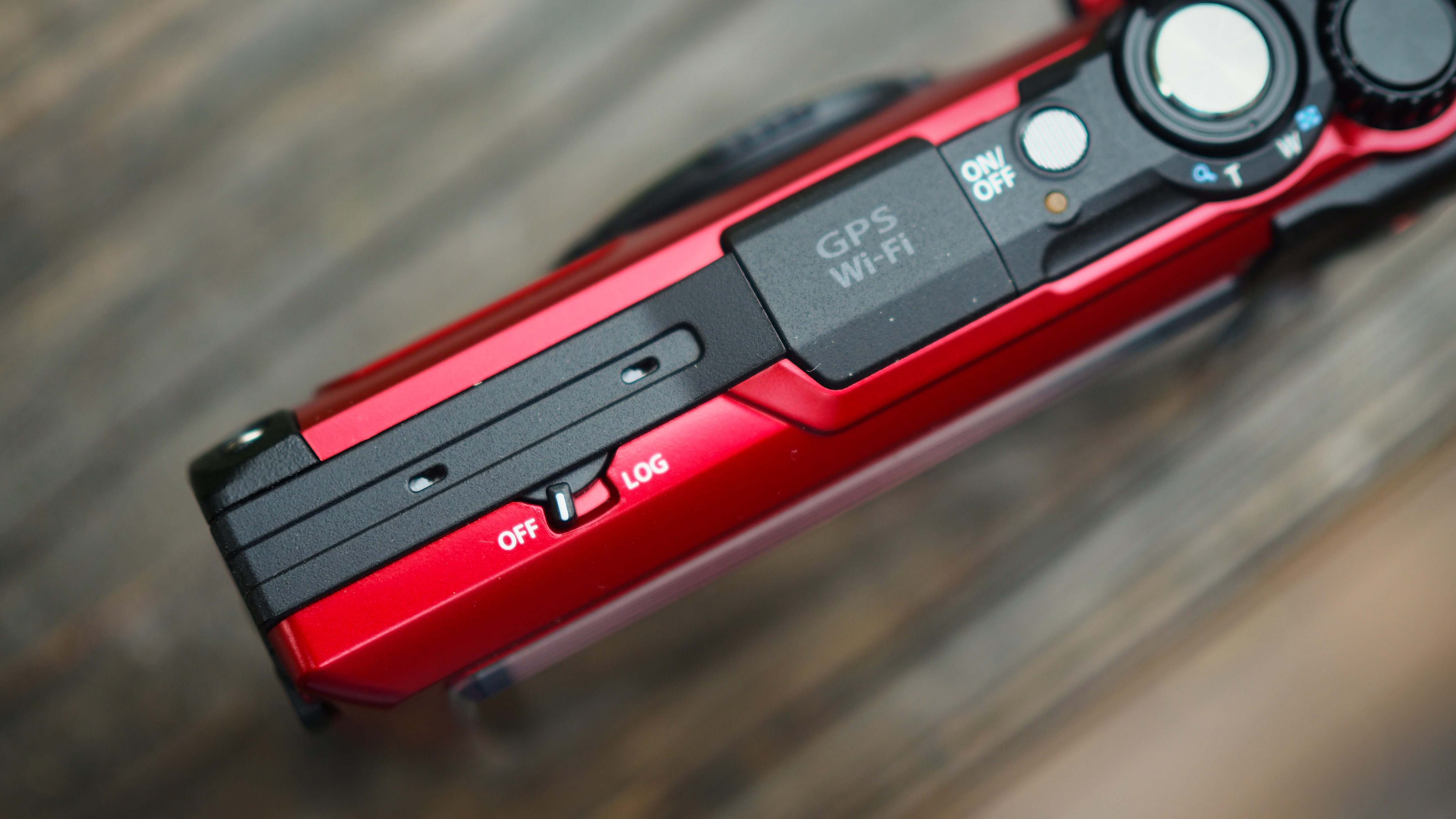Nikon Z6 III launches with the world's first partially-stacked sensor
Nikon Z6 III offers the world's first partially stacked sensor and a new focus on hybrid video
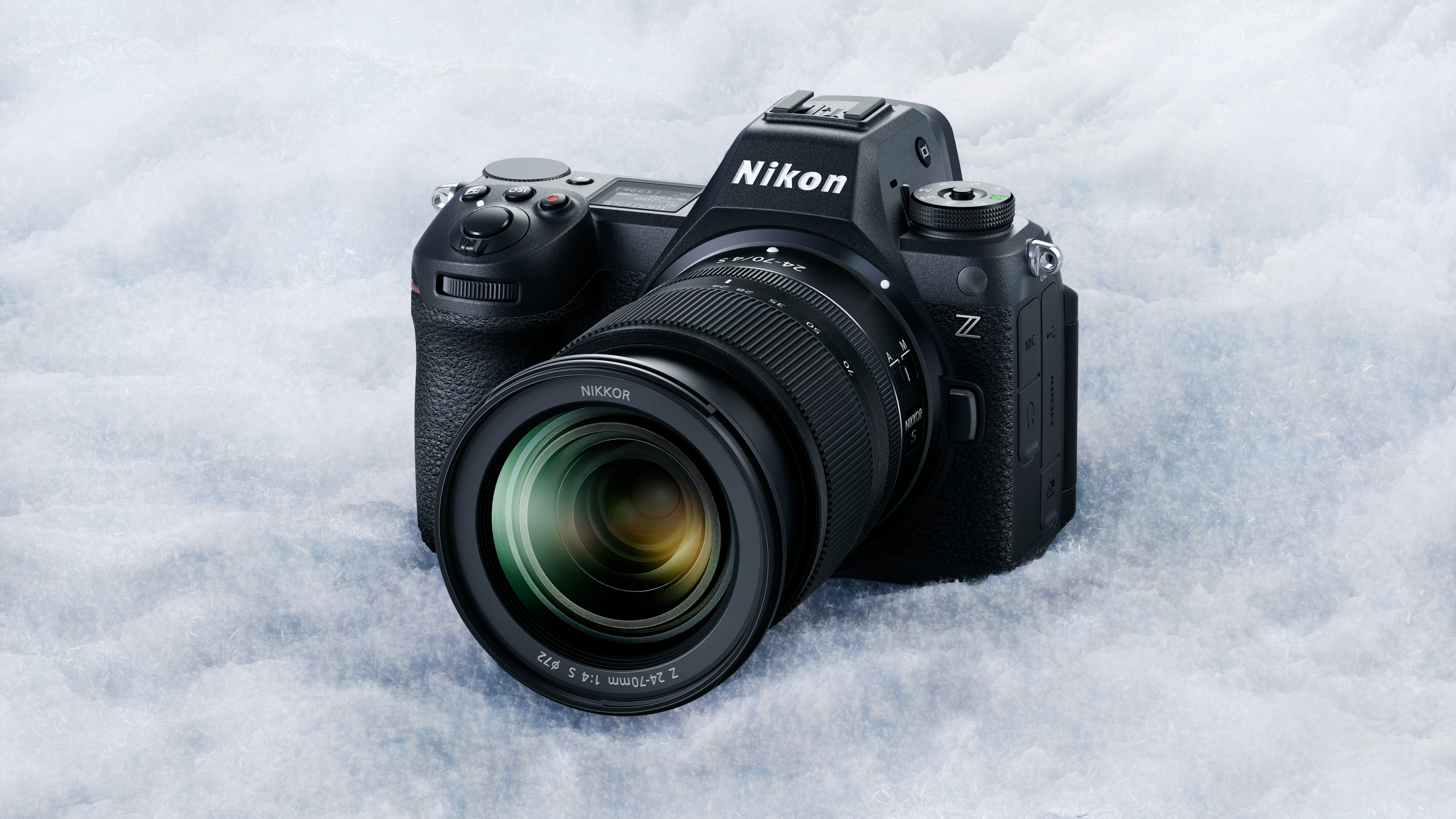
After numerous leaks and teases, including from the company itself – Nikon has finally unveiled the Nikon Z6 III. As the numeral value might suggest, the Z6 III is a sequel to the original Z6 and 2020's Nikon Z6 II follow-up. While the Z6 II added incremental quality-of-life improvements to the Z6 – the Z6 III takes the Z6-line even further, with new sensor technology, and a new emphasis on hybrid video and content creation.
Launched back in 2018, the Z6 series kicked off Nikon's new mirrorless lineup, and today the Z6 III might be a signal of Nikon's future ambitions.
While the sensor resolution remains at 24.5 megapixels, it features a brand new 'partially stacked' sensor, offering much faster readout speeds. This allows for an electronic shutter capable of shooting up to 120 frames per second in DX crop mode and 60fps in full FX mode.
The maximum shutter speed has been increased to 1/16,000 sec, although it does not match the 1/32,000 sec speed of the Z8 and Z9. The mechanical shutter provides rates of 20fps for JPEGs and 14fps for RAW images. Flash photography will still require the mechanical shutter due to the electronic shutter's readout speed limitations.
The sensor is supported by Nikon's in-body image stabilization (IBIS) which offers up to 8.0 stops of stabilization, which is up from 5.0 stops on the Z6 II. The IBIS also borrows a trick from the recent Nikon Zf and pivots around the active focus point for enhanced subject sharpness. The IBIS also supports a high-resolution mode that combines multiple images for 96 MP output via Nikon’s NX Studio software for very large prints.
Autofocus points are distributed across the entire sensor, with 299 AF points in total, an increase over the previous 273 points in the Z6 II. The autofocus system works in lighting conditions as low as -10EV, making it suitable for astrophotography.
For video, the Z6 III takes aim at serious content creators and enthusiast filmmakers, with up to 6K60p RAW recording internally. There are also numerous other recording options including 5.4K/60P recording or 4K60p video from oversampled 6K as well as full HD recording in up to 240p (10x slow motion).
The best camera deals, reviews, product advice, and unmissable photography news, direct to your inbox!
At a quick glance, the Z6 III looks very similar to the previous Z6s, however, the new model is a sliver bigger and heavier (at 750g). But this small increase in size means that custom-fit accessories like L-brackets and battery grips potentially won't fit the Z6 III. The camera is launching alongside a newly developed MB-N14 battery grip for extended shooting and vertical grip.
The camera features two memory card slots – one CFexpress Type B (and XQD cards) and one SDXC UHS-II slot. Connectivity options include a mic, headphones, USB-C, HDMI, and an accessory terminal.
The vari-angle touchscreen rear LCD has a resolution of 2.1 million dots, which is higher than any previous Nikon camera, including the Z8 and Z9. This screen can be fully rotated and offers a new level of flexibility compared to previous Z6-line cameras. The electronic viewfinder (EVF) is also upgraded, with a resolution of 5.76Mp and a brightness of 4000 nits, enhancing usability in bright conditions. The EVF supports the DCI-P3 color gamut for more lifelike colors.
Powered by the EXPEED 7 processor, the Z6 III offers advanced autofocus capabilities and subject-detection modes for people, animals, and vehicles. Nikon reports that the autofocus performance is on par with the Z8 and Z9. In testing, the camera accurately tracked fast-moving subjects such as basketball players. The EVF information mirrors the rear LCD and includes overlays for vital information such as histograms and grid displays.

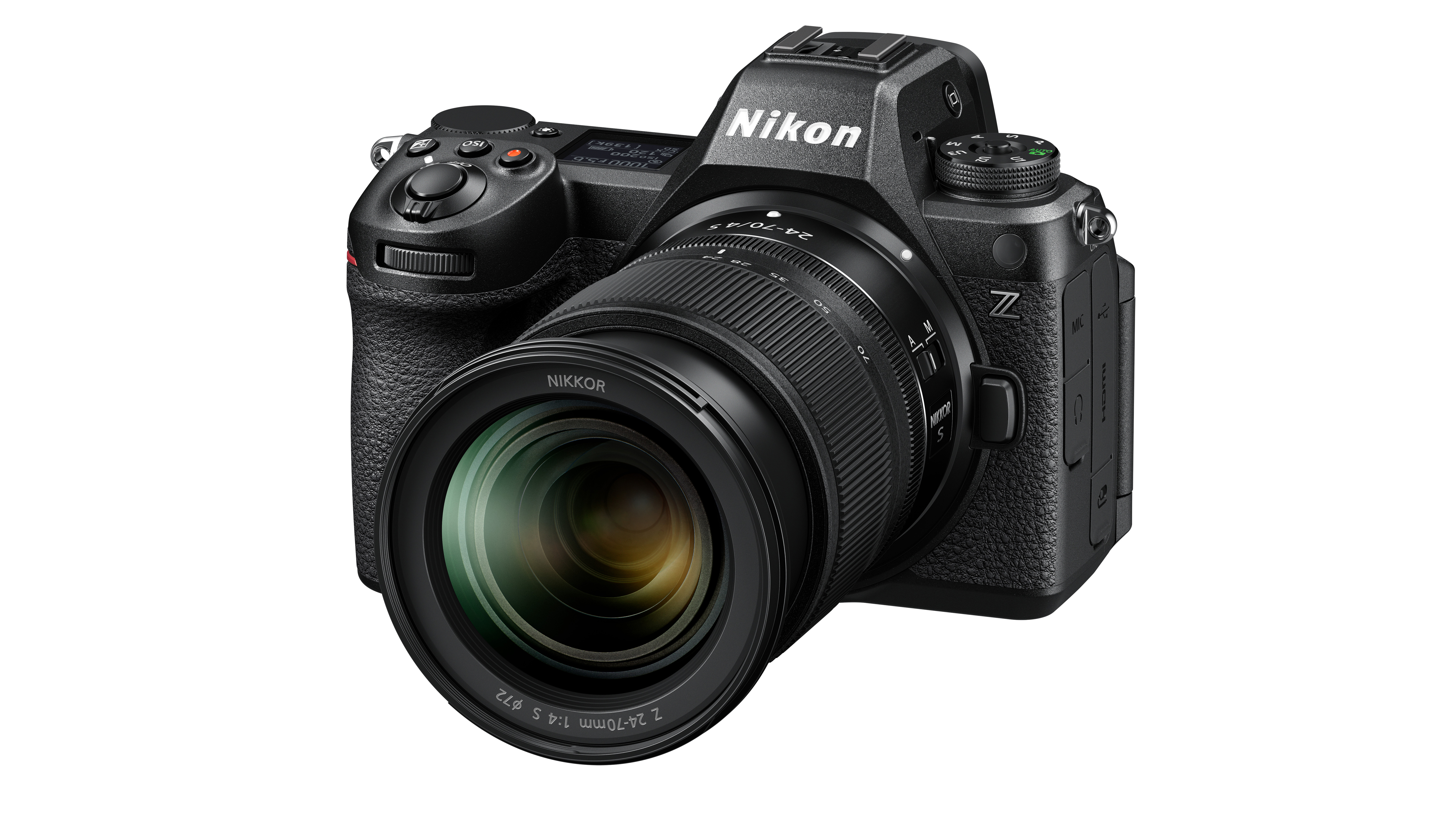
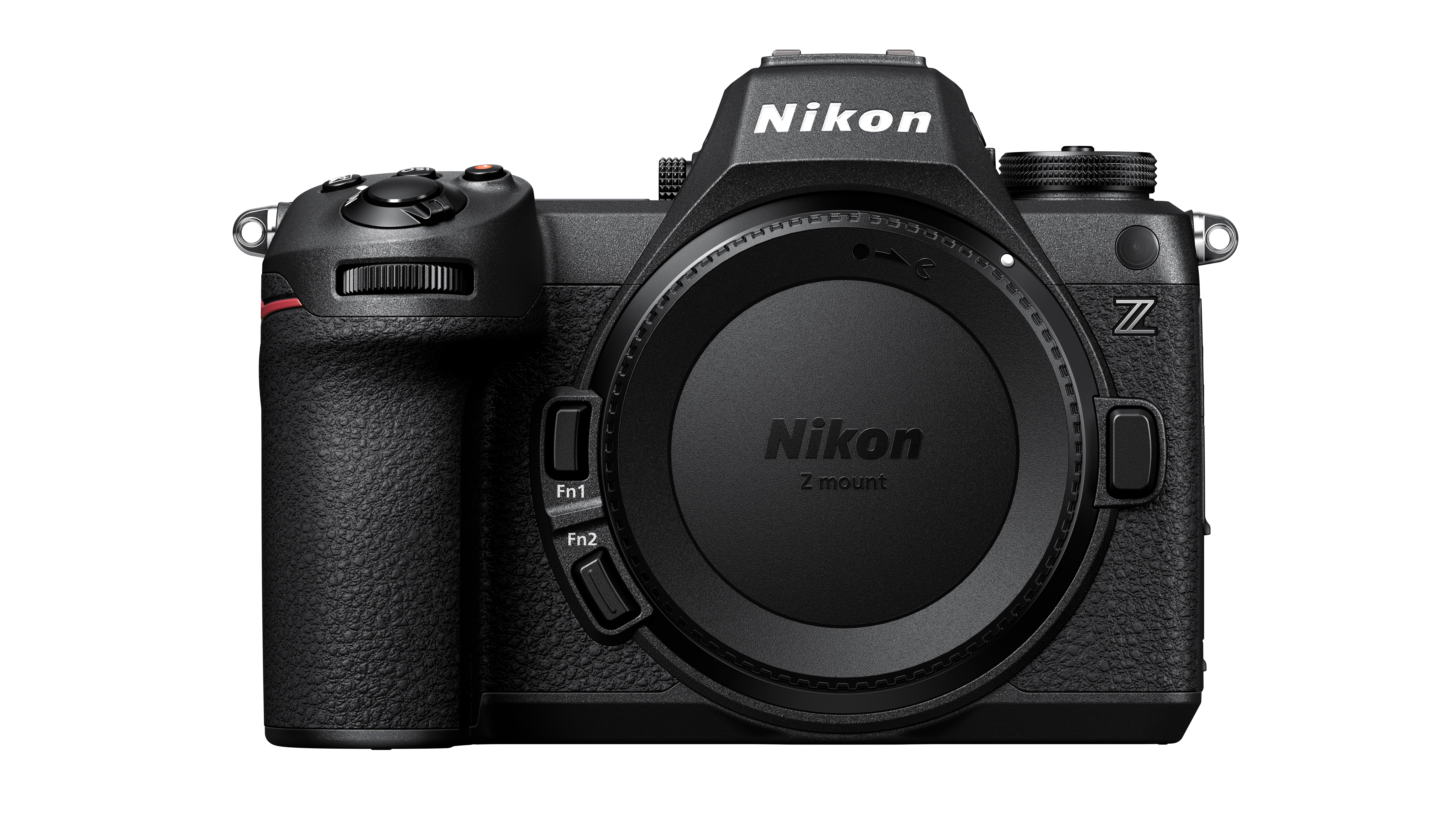
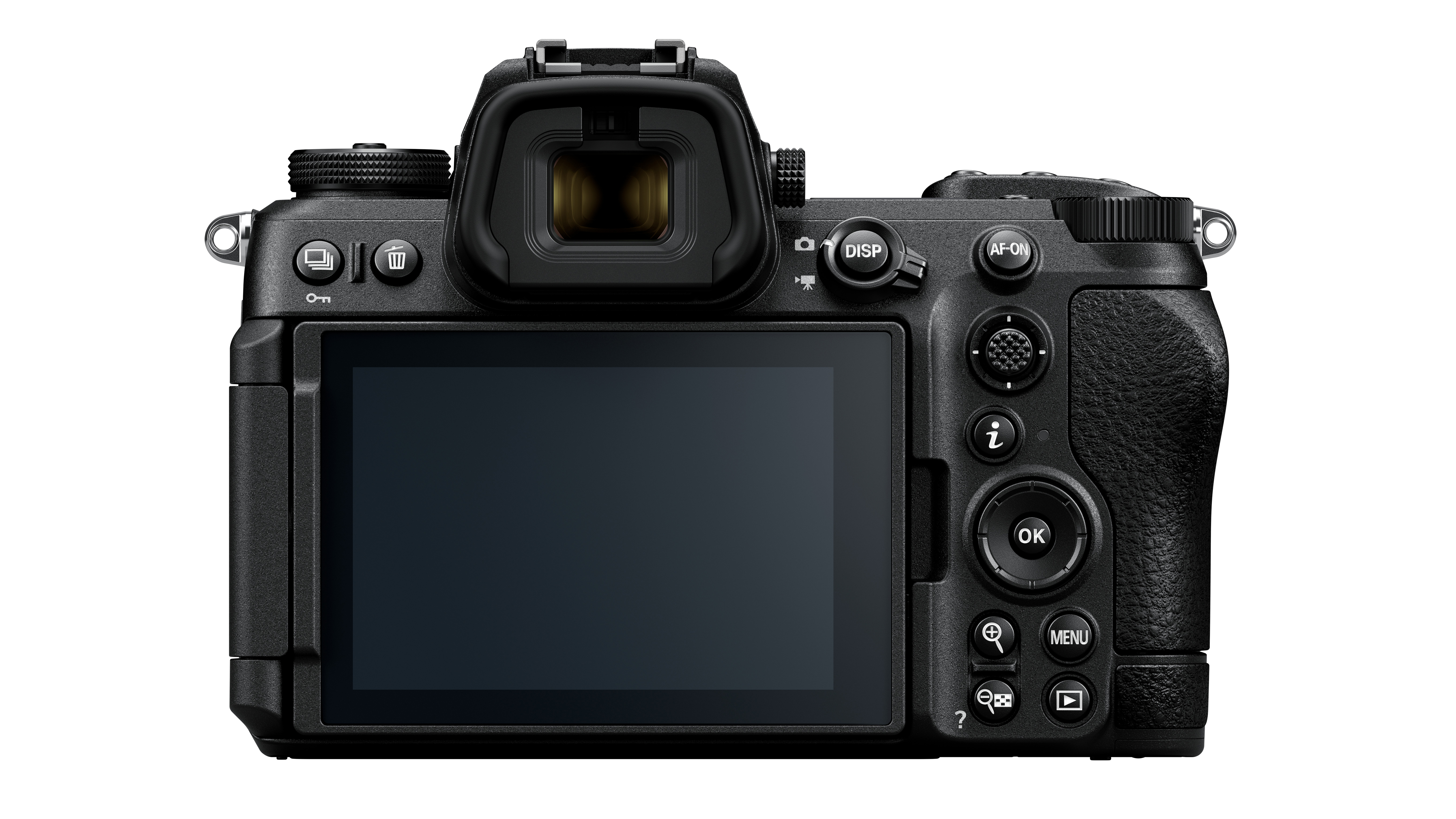
The Nikon Z6 III is available for preorder now and with it expected to reach the first buyers in July. The Z6 III will cost $2,499 / £2,699 / AU$4,499. for the body only, and will also be available in a kit with the Nikon Z 24-70mm f/4 S lens for $3,099 / £3,249 / AU$5,499.
Looking for more Nikon? Then check out our guides to the best Nikon cameras and the best Nikon Z lenses.

Gareth is a photographer based in London, working as a freelance photographer and videographer for the past several years, having the privilege to shoot for some household names. With work focusing on fashion, portrait and lifestyle content creation, he has developed a range of skills covering everything from editorial shoots to social media videos. Outside of work, he has a personal passion for travel and nature photography, with a devotion to sustainability and environmental causes.
- Adam WaringGuides Editor
